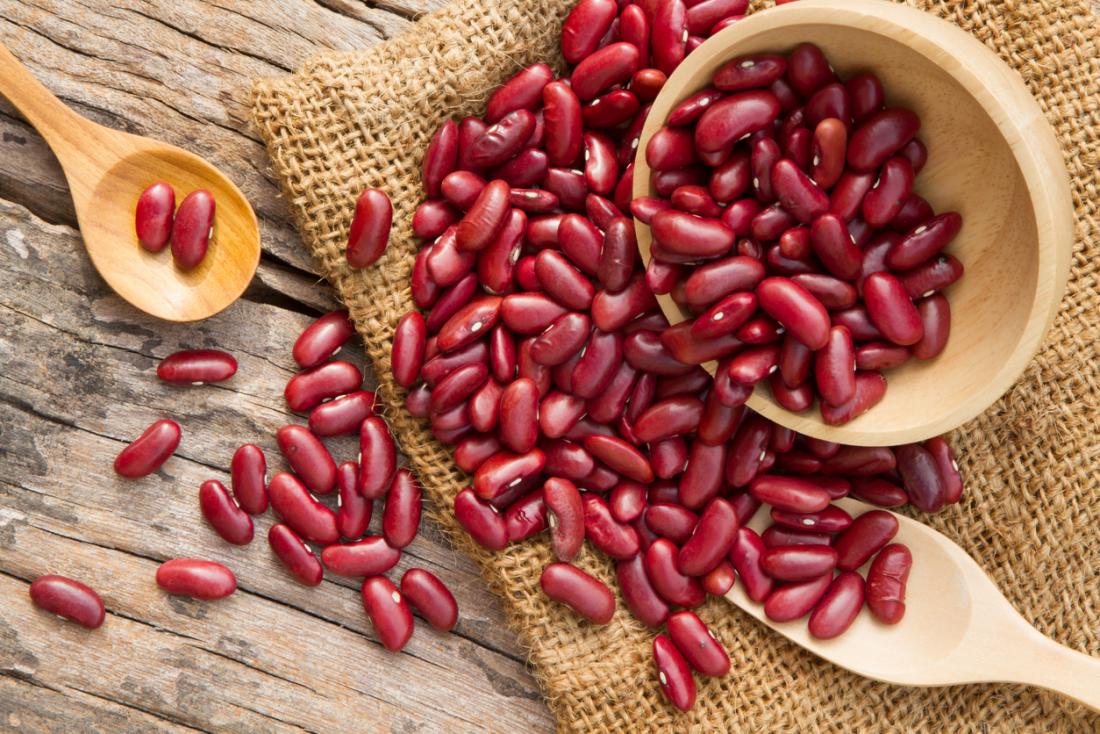
Lectins are proteins naturally found in many foods, especially grains and beans and bind with sugar. They are thought to play an important role in immune function, cell growth, cell death, and body fat regulation.
Plants protect themselves against being eaten due to presence of Lectins. By making insects and animals feel sick to their stomach, lectins discourage them from eating lectin-filled plants again.
What is the lectin-free diet?
Some high lectin foods are grains, quinoa, legumes, and nightshade vegetables like tomatoes, peppers, and eggplant.
Intake of large amounts of lectin foods can damage the gut wall. This causes irritation that can result in symptoms such as diarrhea and vomiting. It can also prevent the gut from absorbing nutrients properly.
5 Foods High in Lectins
Below are 5 healthy foods that are high in lectins.
- Red Kidney Beans
Red kidney beans are among the richest sources of plant-based protein. They also contain high levels of a lectin called phytohaemagglutinin.
If you eat them raw or undercooked, they can cause extreme nausea, vomiting and diarrhea. As few as five beans can cause a response.
A hemagglutinating unit (hau) is a measure of lectin content. In their raw form, red kidney beans contain 20,000–70,000 hau. Once they’re thoroughly cooked, they contain only 200–400 hau, which is considered a safe level.
If they are properly cooked, red kidney beans are a valuable and nutritious food that shouldn’t be avoided.
- Soybeans
They are a fantastic source of plant-based protein and other essential nutrients which makes them particularly important for vegetarians. However, soybeans are another food that contains high levels of lectins.
According to research soybean lectins are almost completely deactivated when they’re boiled at 212°F (100°C) for at least 10 minutes. In contrast, dry or moist heating of soybeans at 158°F (70°C) for several hours had little or no effect on their lectin content. Also, fermentation and sprouting are both proven methods of reducing lectins. Fermenting soybeans reduced the lectin content by 95% & sprouting decreased the lectin content by 59%. Fermented soybean products include soy sauce, miso and tempeh. Soybean sprouts are also widely available and can be added to salads or used in stir-fries.
- Wheat
Raw wheat, e.g. wheat germ, is high in lectins, with around 300 mcg of wheat lectins per gram. Whole-wheat flour has a much lower lectin content of about 30 mcg per gram.
Since most whole-wheat products we eat are cooked, it is not likely that lectins pose a significant problem.
- Peanuts
Peanuts are classified as legumes and are related to beans and lentils & are high in mono- and polyunsaturated fats, making them a great source of energy. Unlike other foods on this list, the lectins in peanuts don’t appear to be reduced by heating.
- Nightshade vegetables like tomatoes, eggplant, potatoes, and peppers
Potatoes, tomatoes & eggplants are high in lectins that appear to be resistant to heat. About 40–50% of their lectin content remains after cooking.
Many lectins can be eliminated by preparation processes such as cooking, sprouting and fermentation. These processes make the foods safe, so they will not cause adverse effects in most people.
In case you opt for this diet load your plate with low-lectin foods like leafy greens, veggies like cauliflower, broccoli, and asparagus, mushrooms, nuts and seeds, millet, pasture-raised meats, and wild-caught fish.
Note: Always consult a dietician before you opt for a Lectin-free Diet.